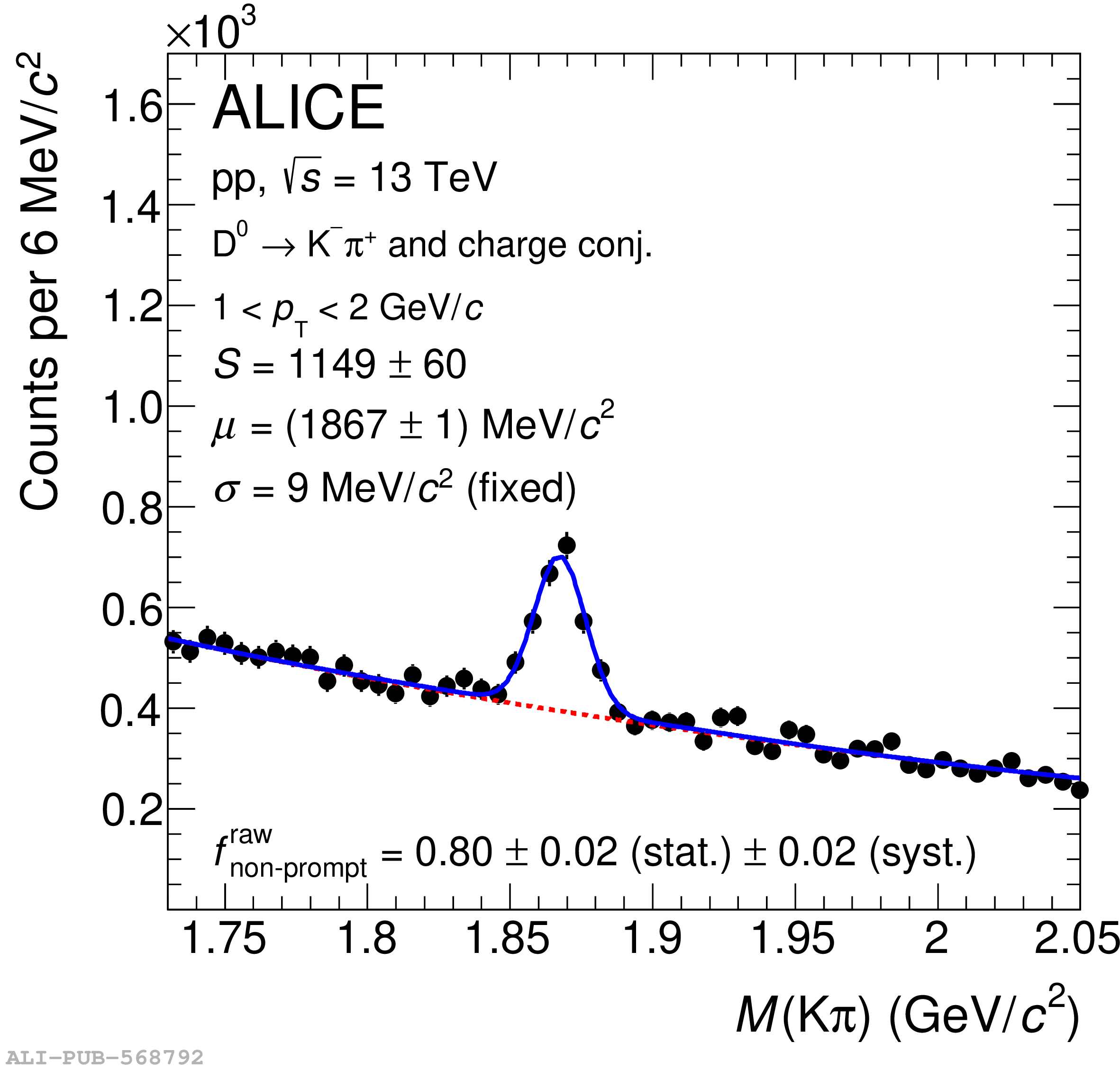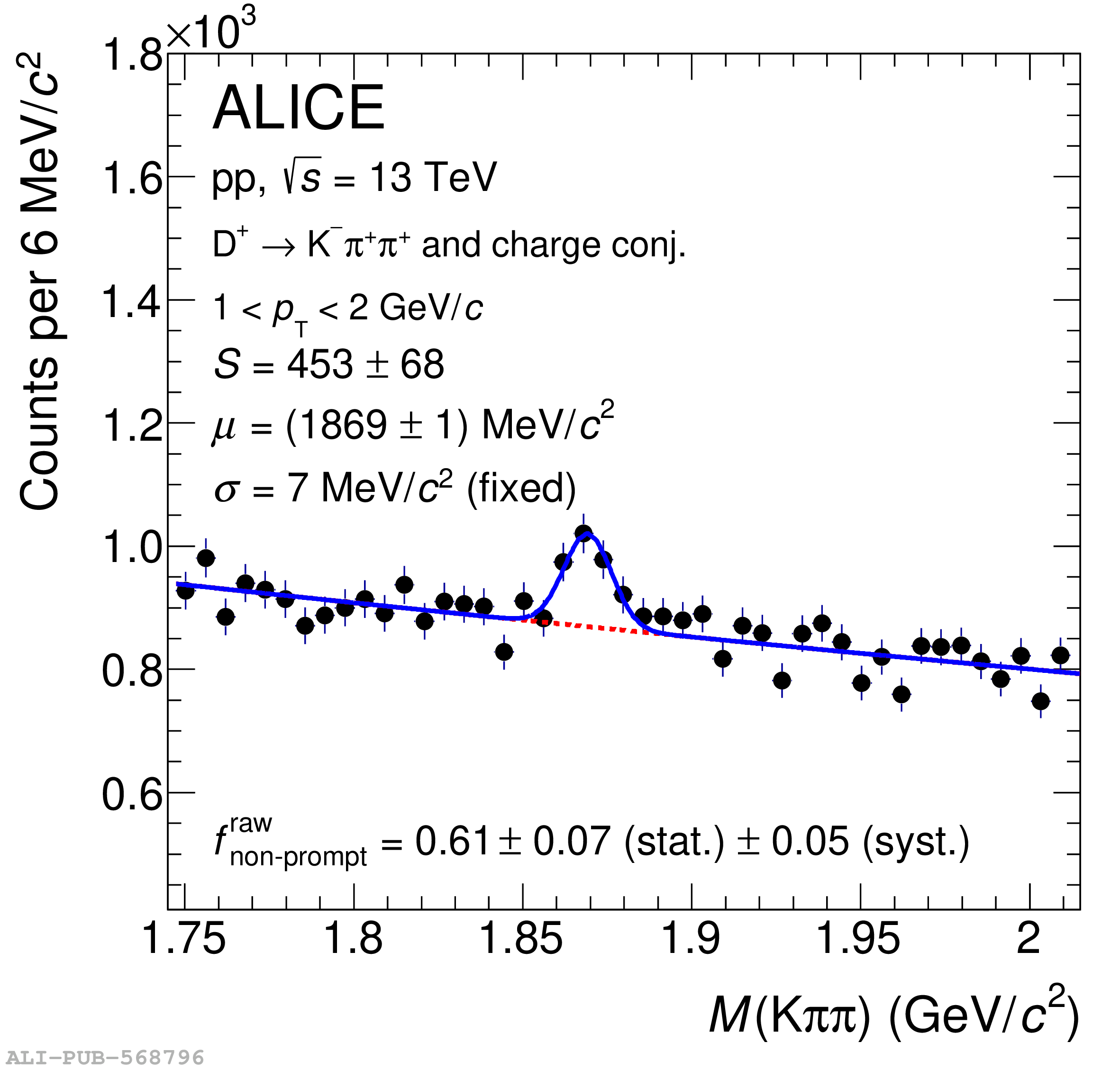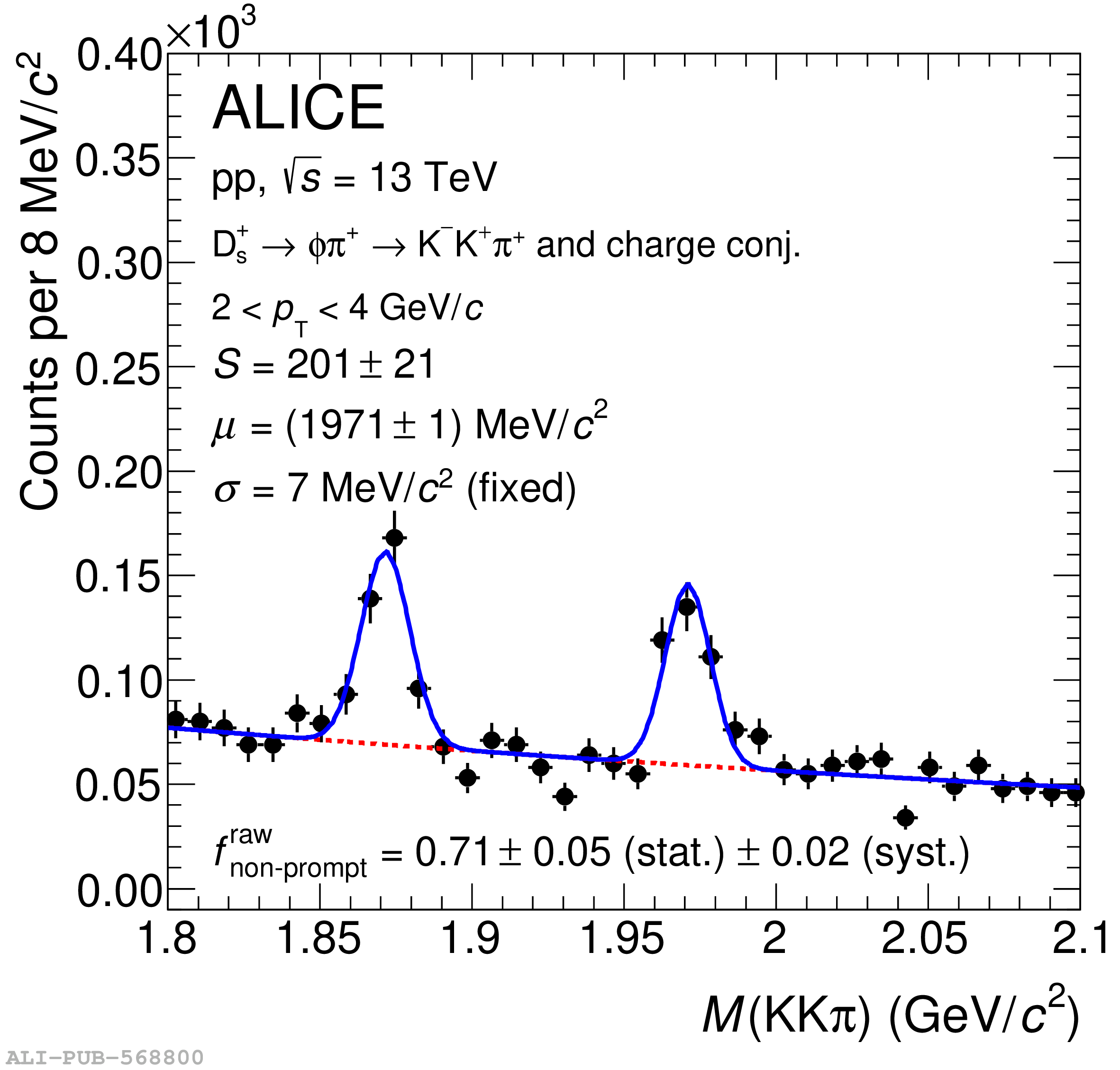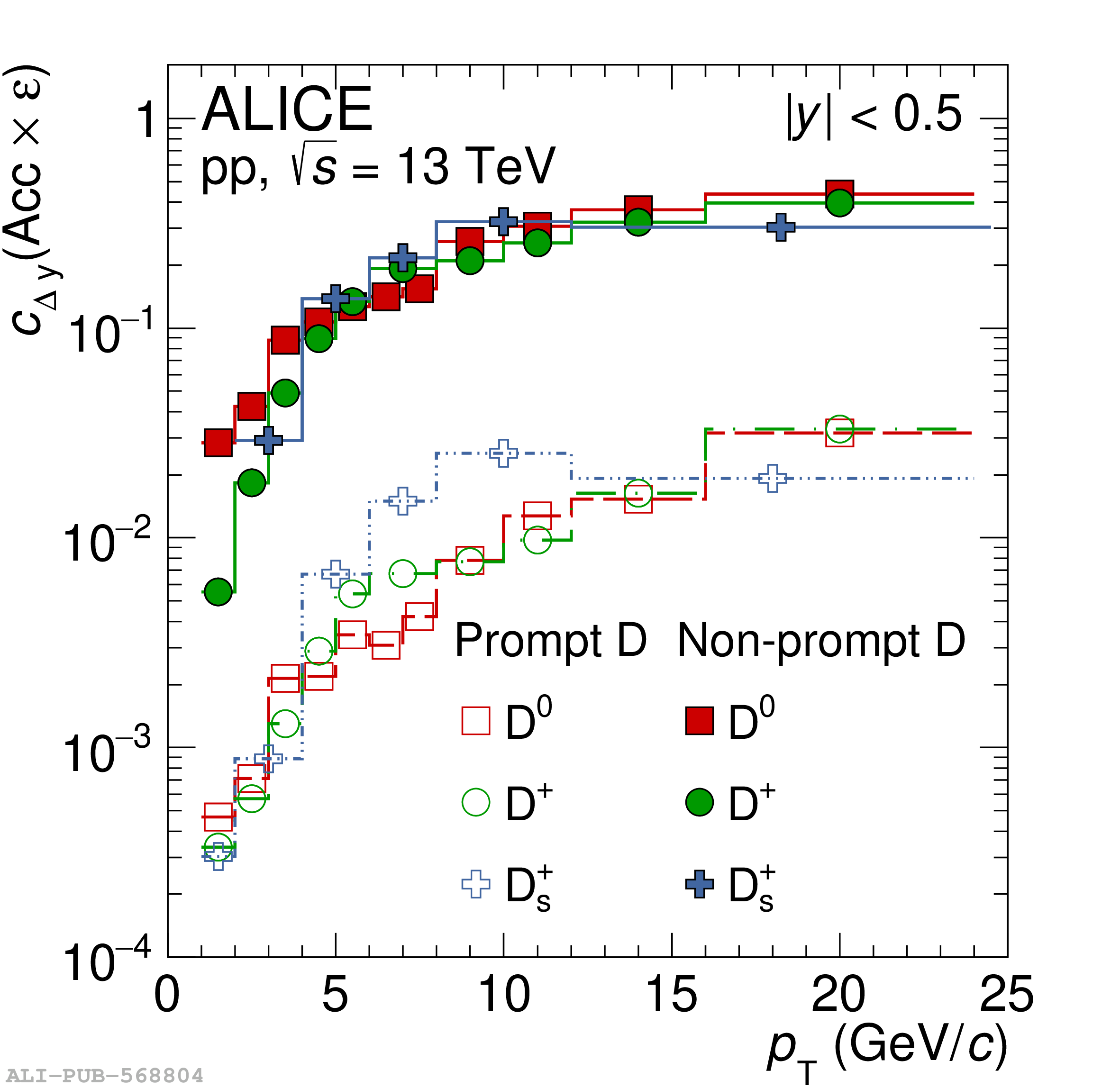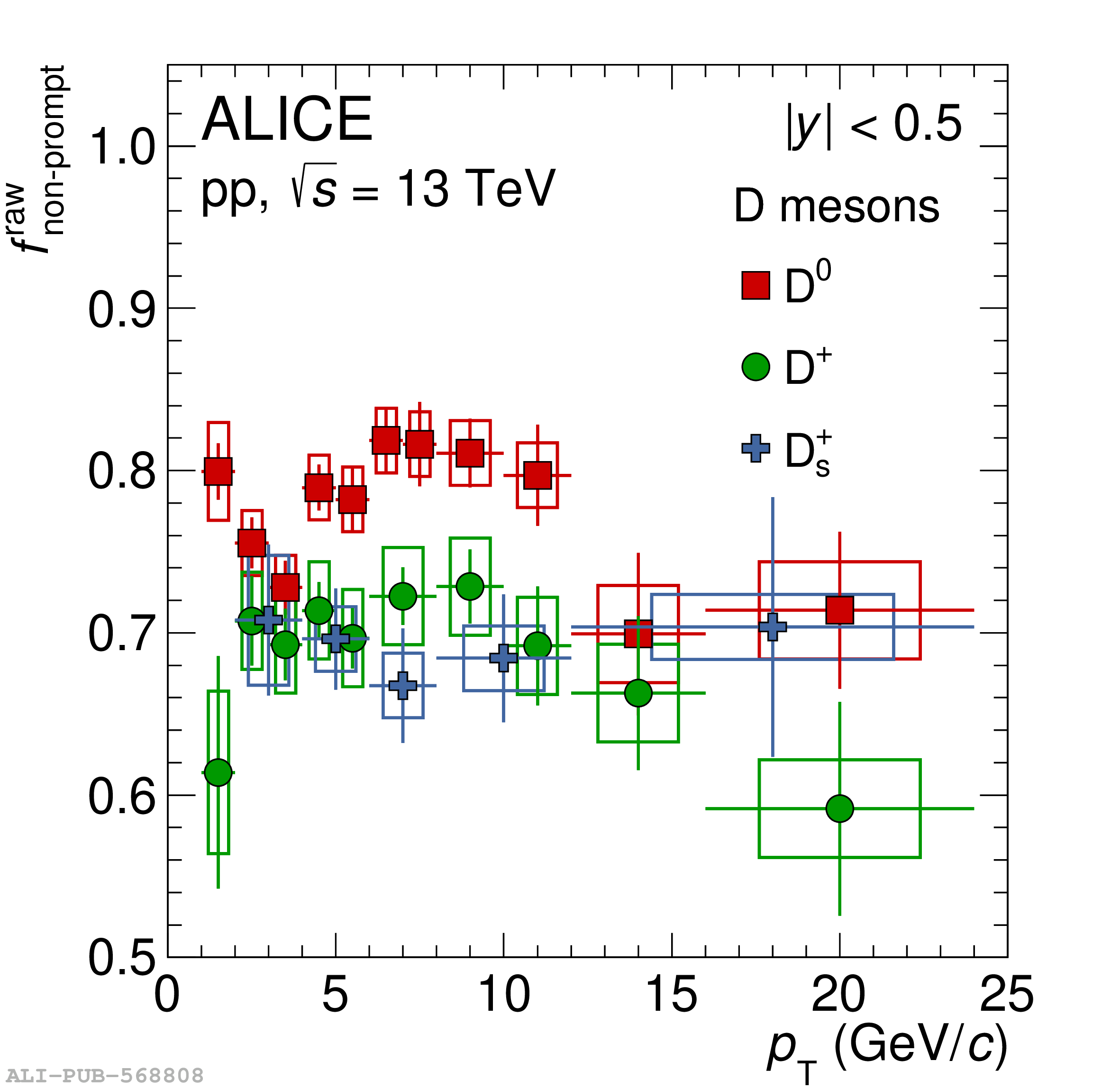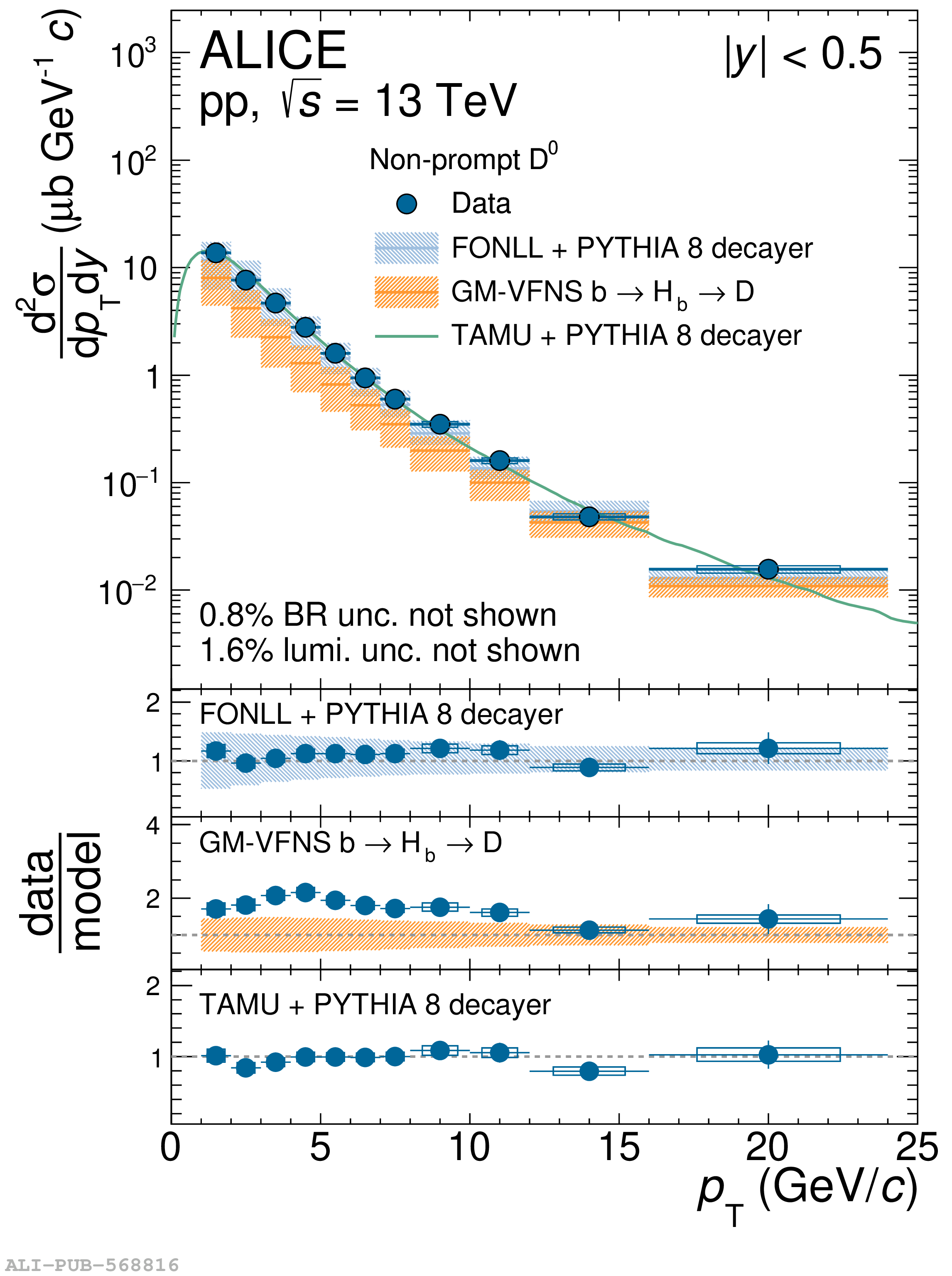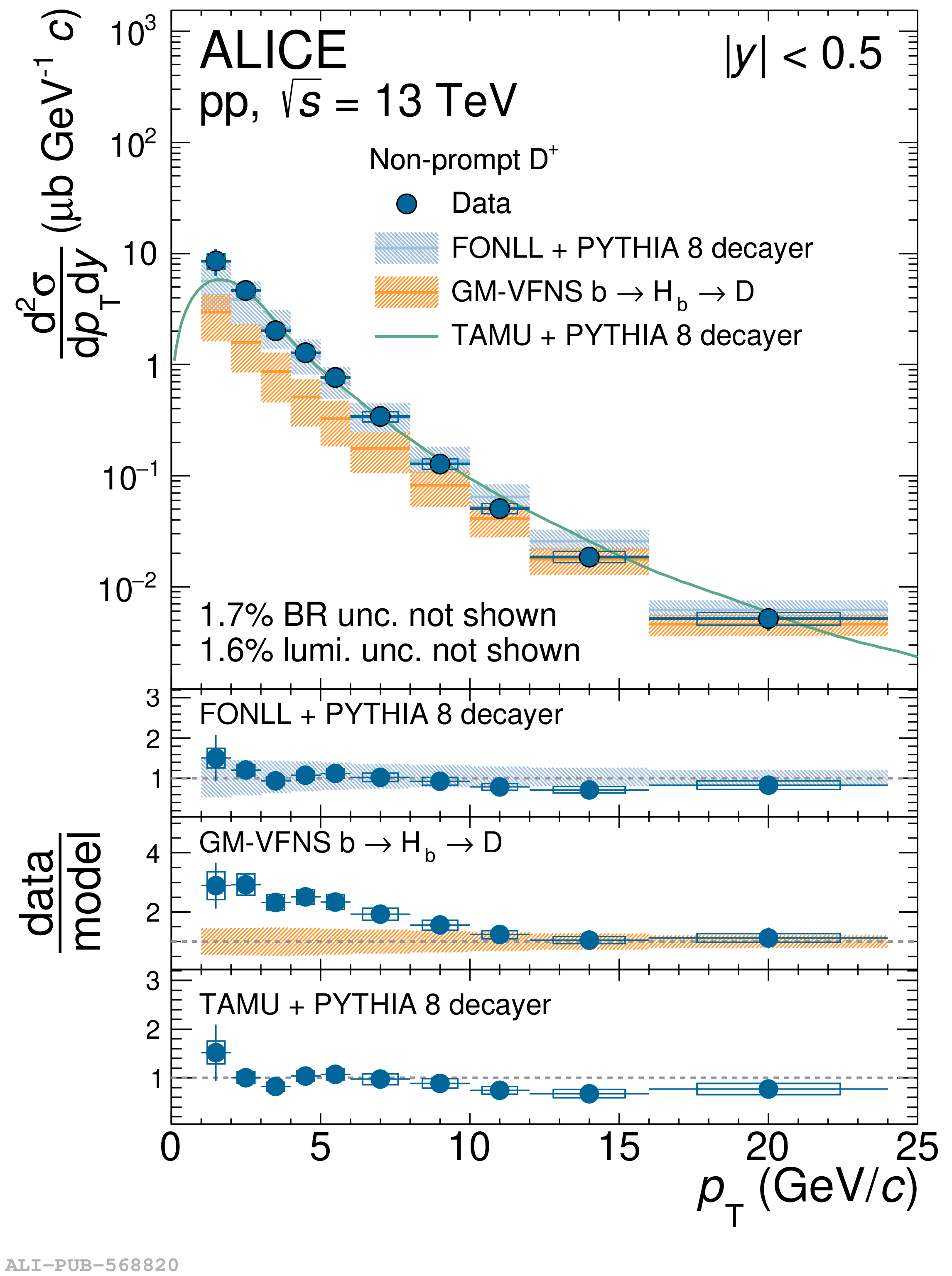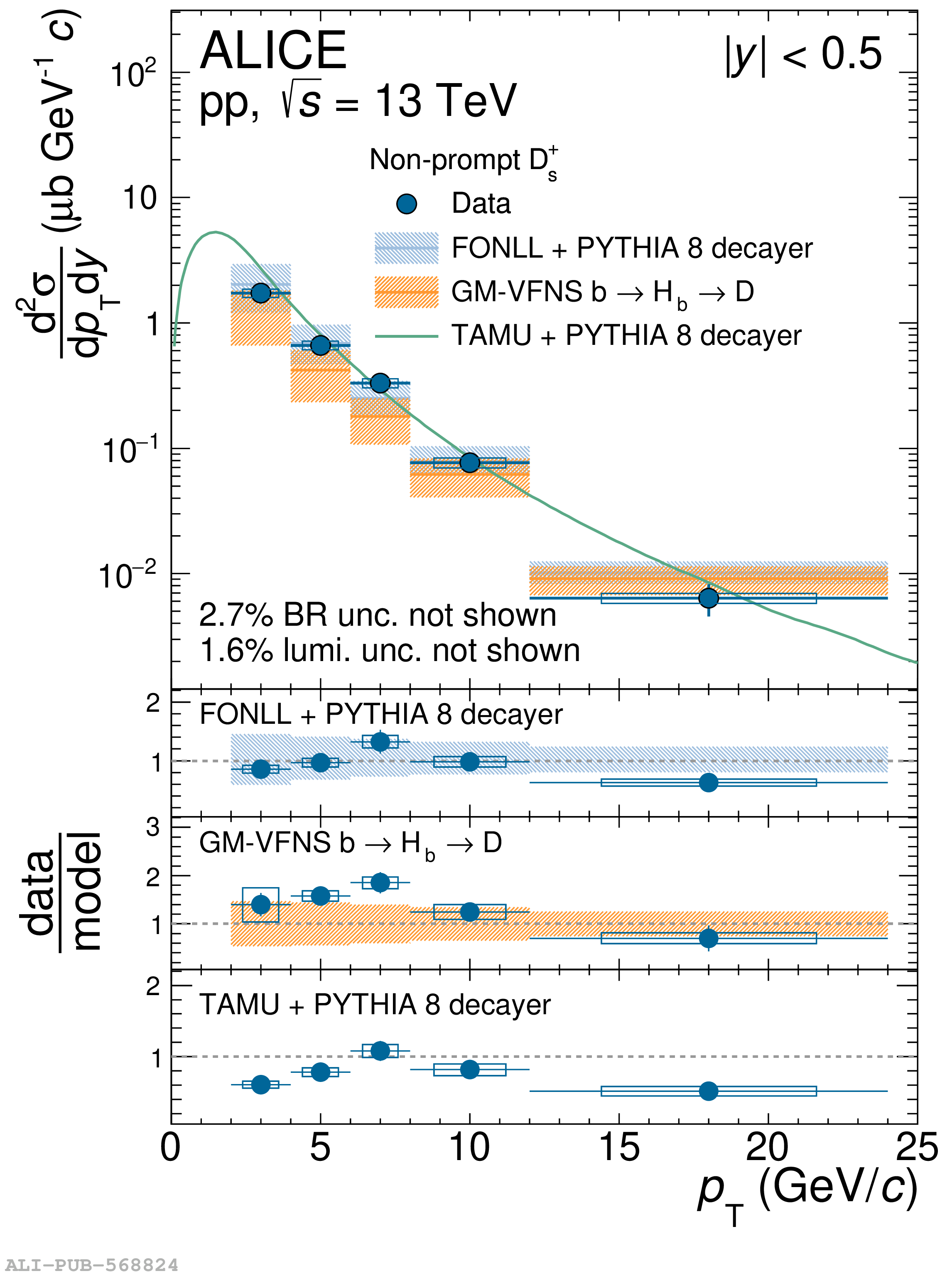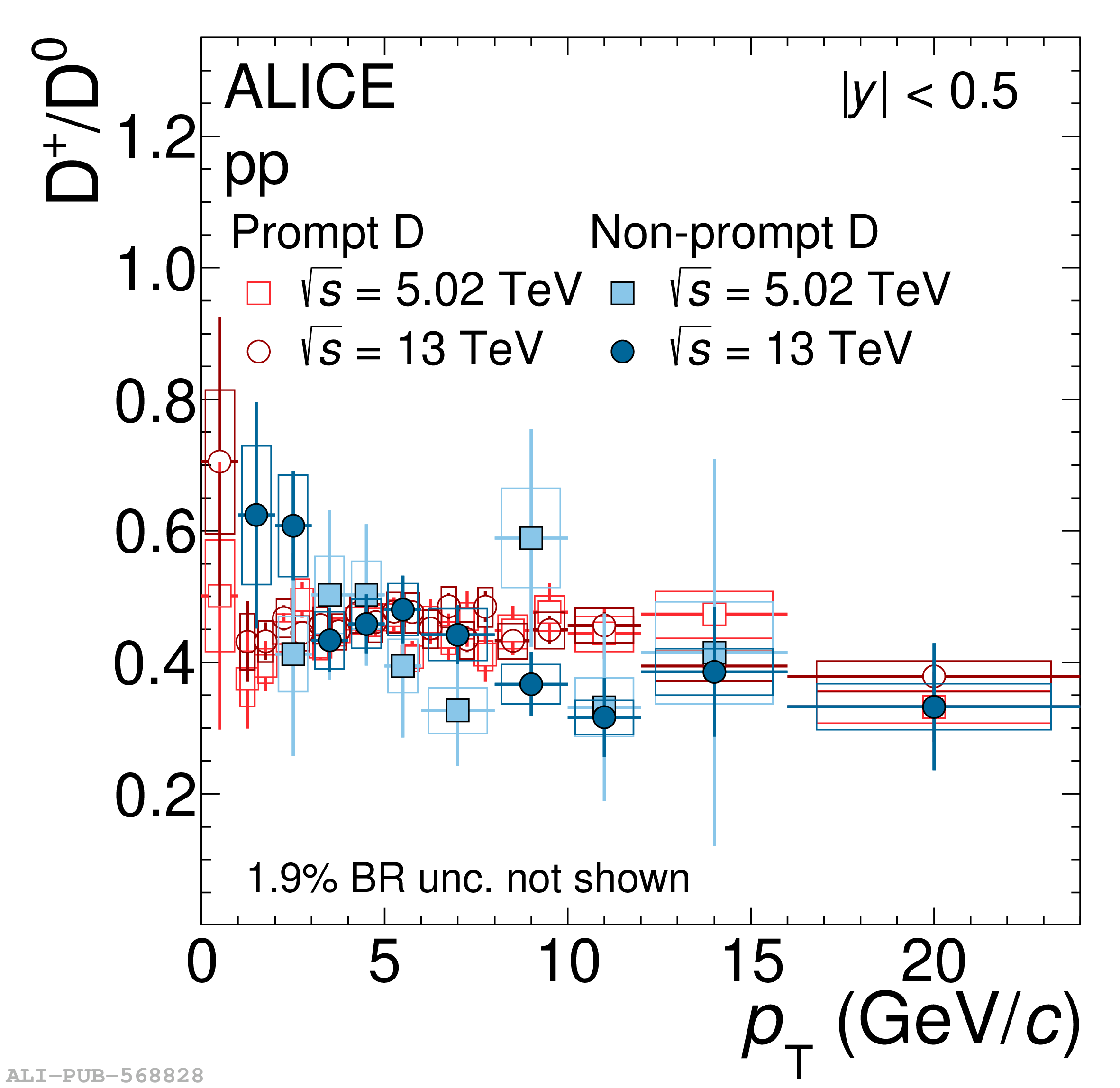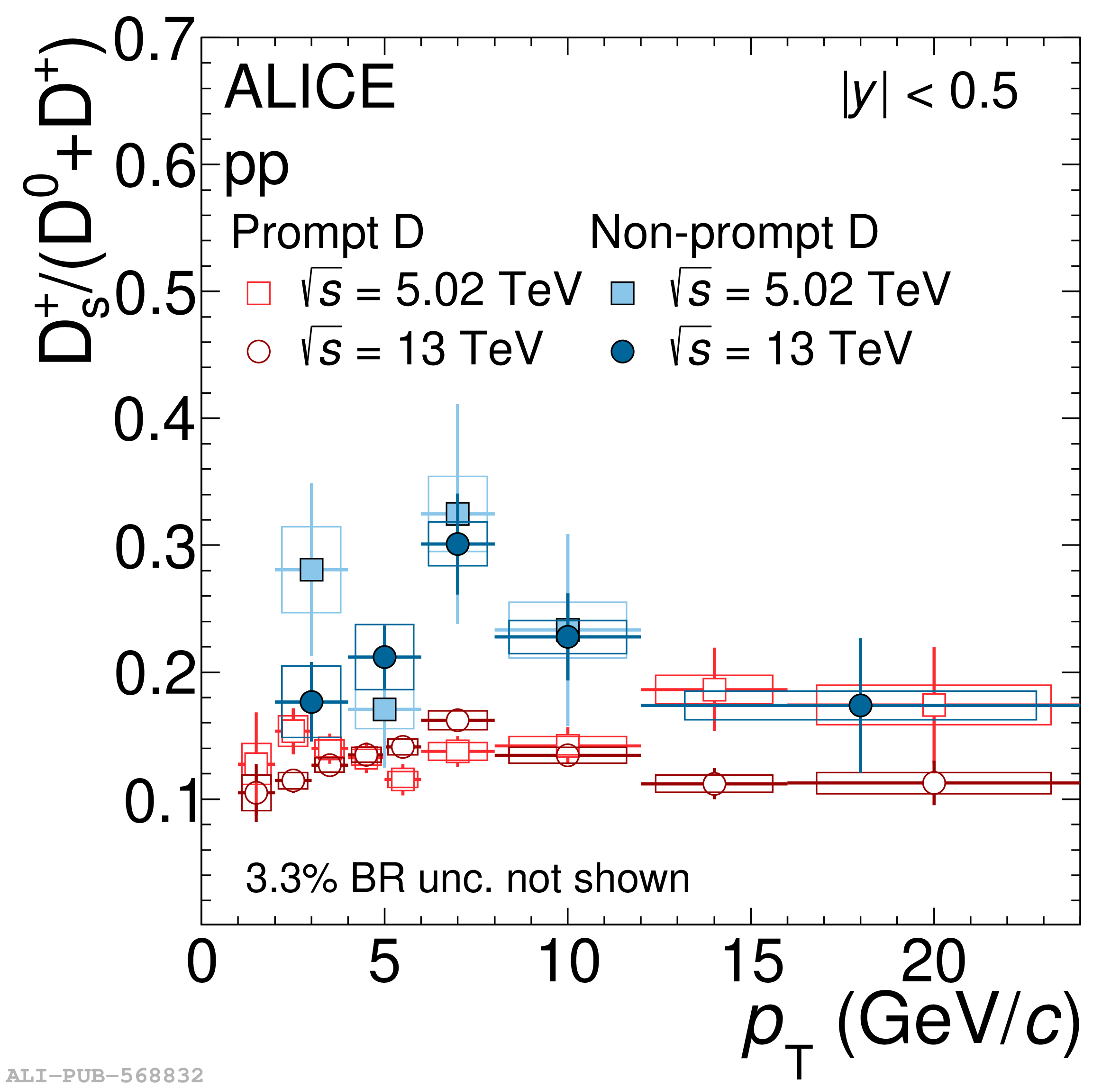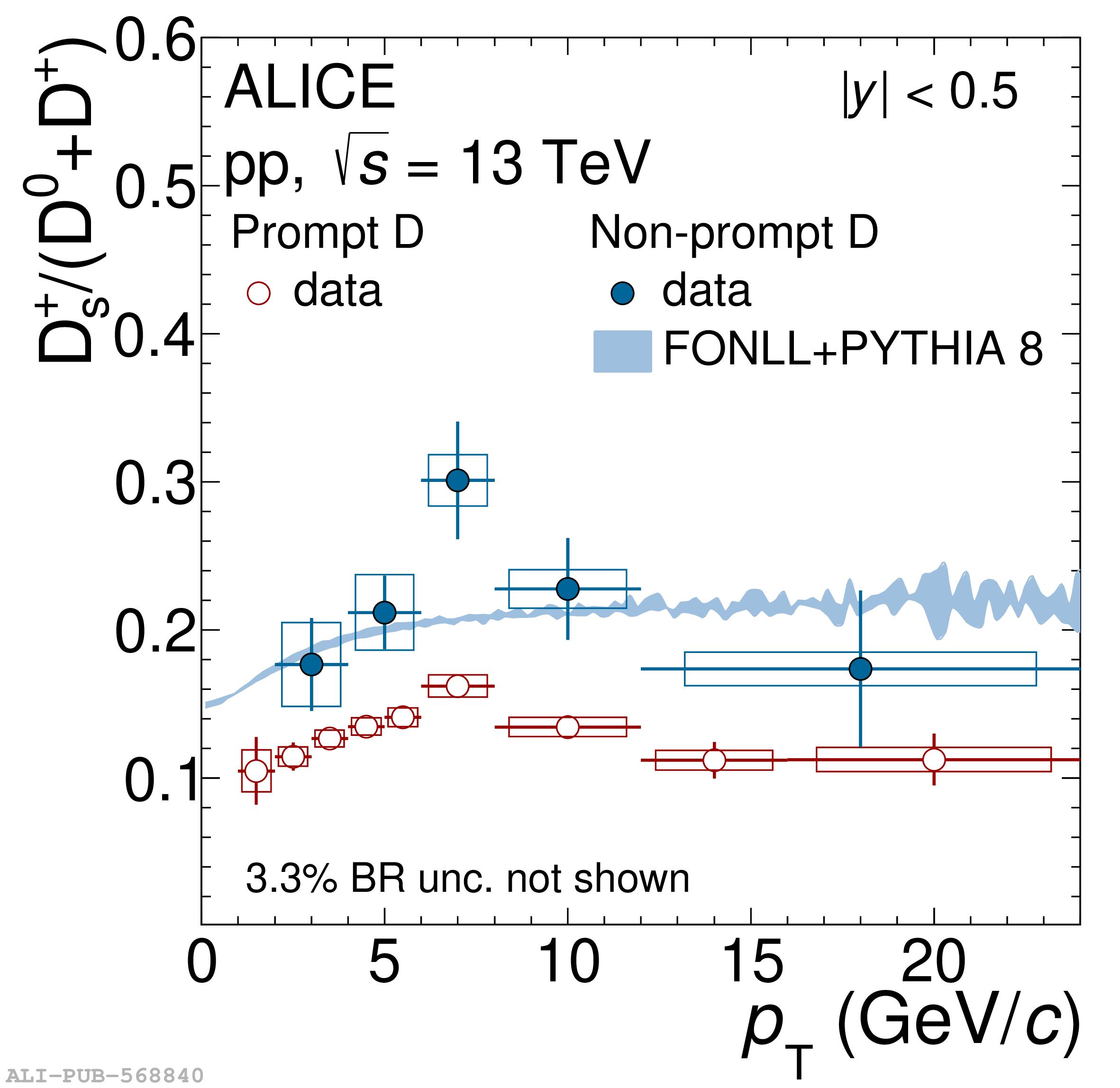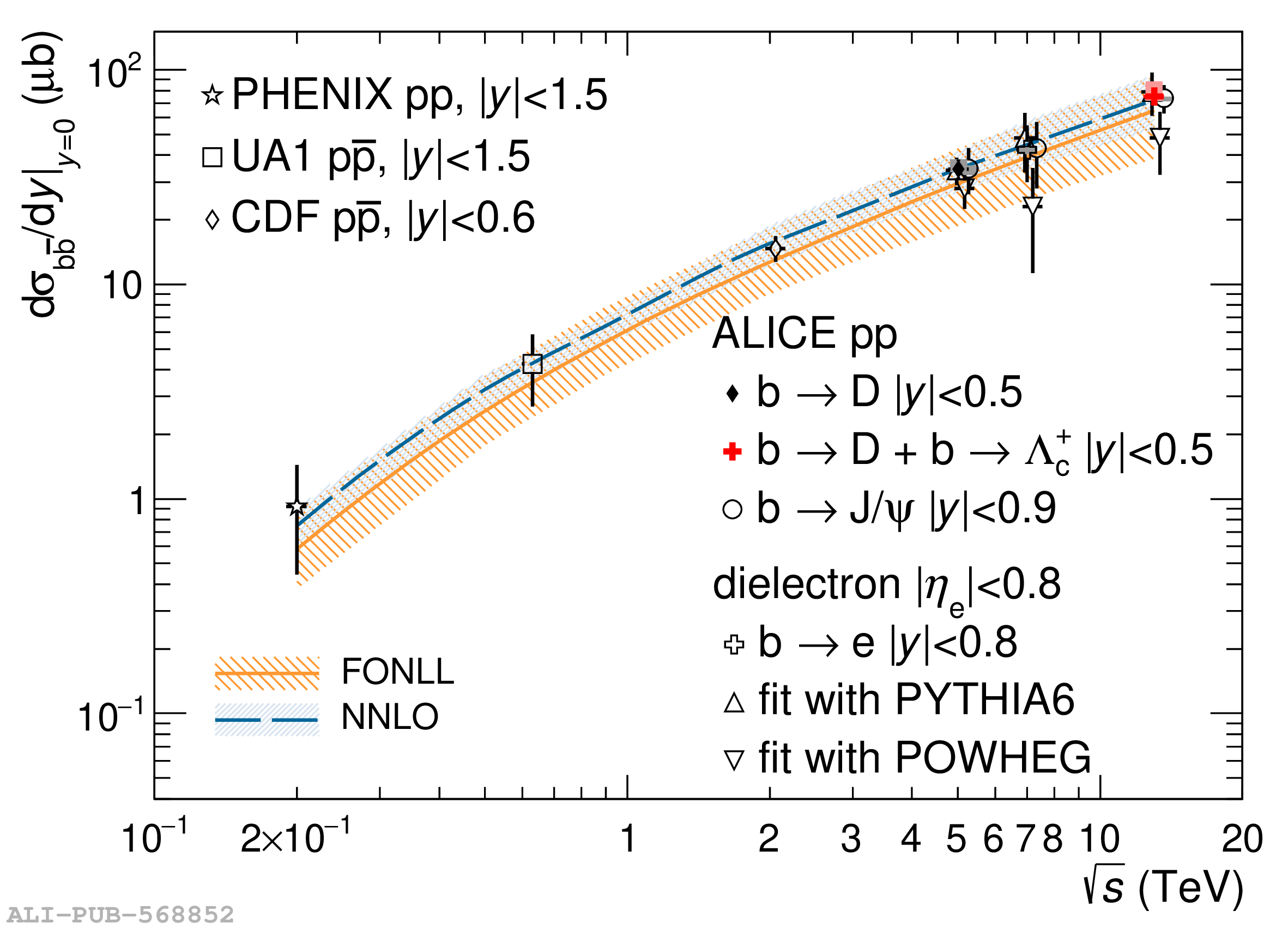The $p_{\rm T}$-differential production cross sections of non-prompt ${\rm D^0}$, ${\rm D^+}$, and ${\rm D_s^+}$ mesons originating from beauty-hadron decays are measured in proton$-$proton collisions at a centre-of-mass energy $\sqrt{s}=13$ TeV. The measurements are performed at midrapidity, $|y| <~ 0.5$, with the data sample collected by ALICE from 2016 to 2018. The results are in agreement with predictions from several perturbative QCD calculations. The fragmentation fraction of beauty quarks to strange mesons divided by the one to non-strange mesons, $f_{\rm{s}}/(f_{\rm{u}} + f_{\rm{d}})$, is found to be $0.114 \pm 0.016~{\rm (stat.)} \pm 0.006~{\rm (syst.)} \pm 0.003~{\rm (BR)} \pm 0.003~{\rm (extrap.)}$. This value is compatible with previous measurements at lower centre-of-mass energies and in different collision systems in agreement with the assumption of universality of fragmentation functions. In addition, the dependence of the non-prompt D meson production on the centre-of-mass energy is investigated by comparing the results obtained at $\sqrt{s} = 5.02$ and 13 TeV, showing a hardening of the non-prompt D-meson $p_{\rm T}$-differential production cross section at higher $\sqrt{s}$. Finally, the ${\rm b\overline{b}}$ production cross section per unit of rapidity at midrapidity is calculated from the non-prompt ${\rm D^0}$, ${\rm D^+}$, ${\rm D_s^+}$, and $\Lambda_{\rm c}^+$ hadron measurements, obtaining ${\rm d}\sigma/{\rm d}y = 75.2\pm 3.2~(\mathrm{stat.}) \pm 5.2~(\mathrm{syst.})^{+12.3}_{-3.2} ~(\mathrm{extrap.})\text{ } \rm \mu b \;.$
JHEP 10 (2024) 110
HEP Data
e-Print: arXiv:2402.16417 | PDF | inSPIRE
CERN-EP-2024-055
Figure group

